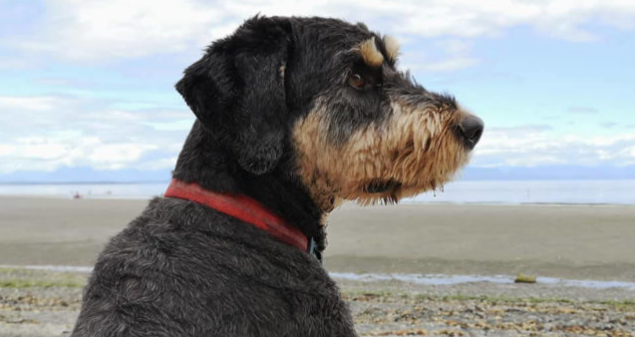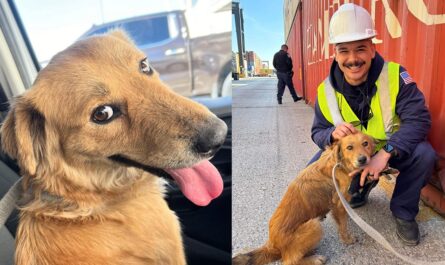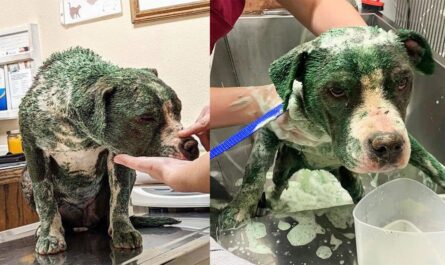Your dog is the only person who is more pleased to see you. They make the best friends; they encourage us to stay active and social, and having them around makes us feel better.
But beyond they enhance our quality of life, some incredible dog facts will enable us to care for and comprehend our furry family members more effectively.
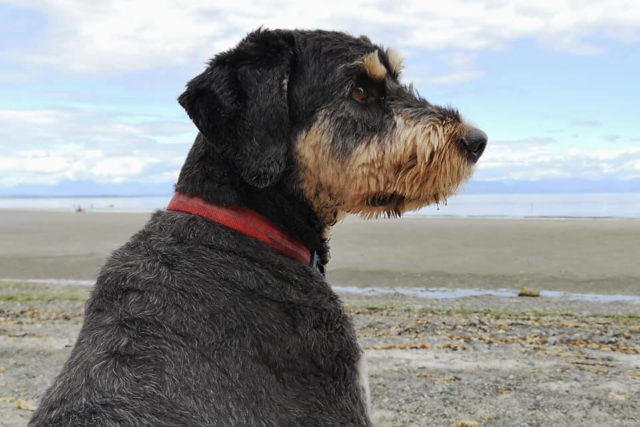

- Storms can physically hurt dogs


Your dog could become quite frightened and start looking for a place to hide when the wind starts to howl and the thunder begins to rumble.
In dogs, storm phobia is frequent, but storms have an impact on your dog physically as well as mentally.
Your dog’s ears may experience discomfort from the sound frequencies produced by storms, and the static electricity that builds up in their fur as a result of pressure changes can also be uncomfortable.
- A dog’s ears are controlled by 18 muscles


The ears of a dog seem to be moving all the time. To efficiently catch sounds and communicate their mood to us, they tilt and rotate under the guidance of a group of eighteen muscles.
Dogs frequently show their feelings through their ears. They are crucial for dog communication with humans and other dogs.
For instance, a dog may be terrified if their ears lie flat on their head, and they may be on alert if their ears point straight up.
- Sweat glands are in their paws
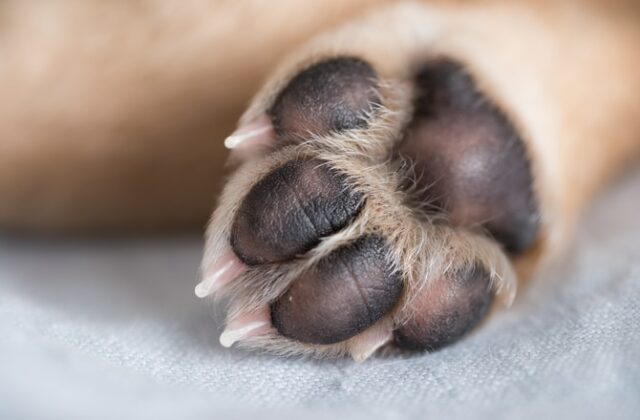

Dogs’ sweat is one of the reasons it’s so crucial to keep them cool on hot summer days.
Our hypothalamus signals eccrine sweat glands all over our body to start cooling off by creating sweat, which eventually evaporates off our skin and lowers our temperature when a human’s internal temperature starts to rise.
Dogs have significantly fewer and less effective sweat glands than do humans. Dogs’ paw pads include merocrine sweat glands, which secrete an oily pheromone-rich substance.
However, it is uncommon for a dog to perspire via its paws. Their primary method of controlling body temperature is panting.
Heat rises from the dog’s chest and leaves through the moisture in their tongue, lips, and neck as they pant. When a dog pants, the damp air evaporates as they exhale, keeping them cool.
- Excellent sense of smell


A dog’s sense of smell can be up to 100,000 times more acute than ours, depending on its breed. There are a few factors that contribute to their superior sense of smell.
In contrast to humans, who have roughly six million olfactory receptors in their noses, dogs can have up to 300 million.
About 40 times more of a dog’s brain than ours is devoted to smelling and interpreting scents.
It’s interesting to note that a dog’s ability to recognize odors is not just physical. They can distinguish between human emotions like fear and enjoyment using their sense of smell.
Dogs’ moist noses are also caused by a particular mucus that aids in their ability to absorb scent compounds, in case you’ve ever wondered why.
Dogs lick their noses to sample the smells and learn what they are. Contrary to popular perception, a dog’s nose does not necessarily indicate how they feel physically.
- Dogs’ eyes have three lids.
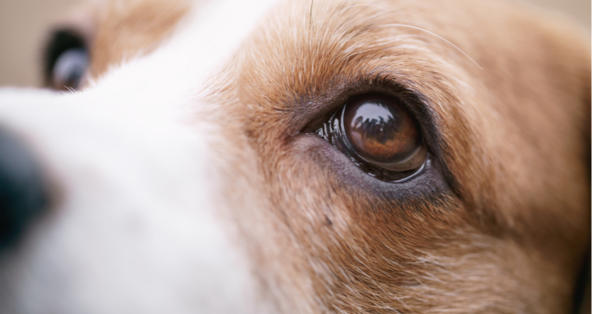

Many dog owners would be surprised to learn that your dog has three eyelids. The third lid, often known as the “haw” or nictitating membrane, is a feature of several mammals, reptiles, and birds. The third lid has four functions:
- Aids in preventing corneal injuries
- Maintains corneal cleanliness by eliminating dirt or mucus
- Performs the function of a lymph node, generating antibodies to ward off infection.
- Generates one-third of a dog’s tears.
Similar to how a human’s eyes roll back as they fall asleep or when they are happy, guardians will notice their dog’s third eyelid when it is closed or enjoying some caressing.
A dog may need veterinary care if its third eyelid is visible for an extended period. It indicates injury or illness.
The third eyelid may stand out more due to allergic conjunctivitis, poor physical health, cherry eye (prolapsed gland), and other conditions
